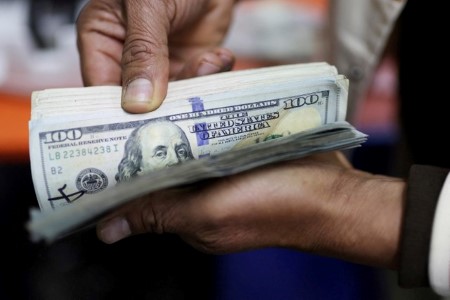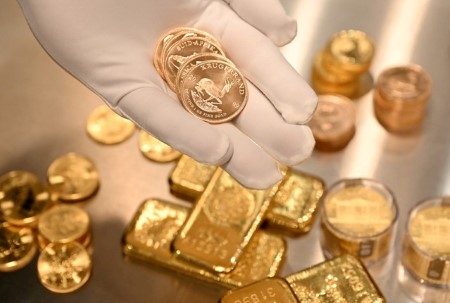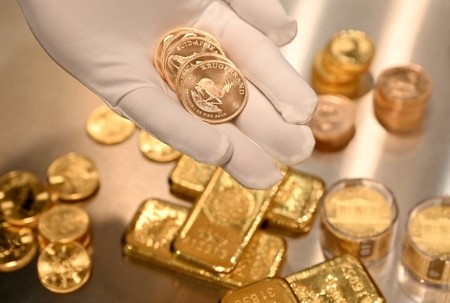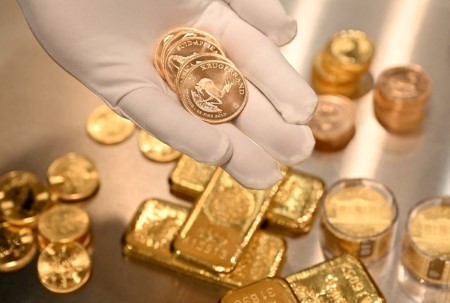CALGARY – Oil prices fell over 1% on Thursday as markets weighed macroeconomic concerns, including the risk that tariff wars between the US and other countries could hurt global demand as well as uncertainty stemming from a US proposal for a Russia-Ukraine ceasefire.
Brent futures settled USD 1.07, or 1.5%, lower at USD 69.88 a barrel. US West Texas Intermediate crude futures fell USD 1.13, or 1.7%, to USD 66.55 a barrel.
The International Energy Agency reported that global oil supply could exceed demand by around 600,000 barrels per day this year, with global demand now expected to rise by just 1.03 million bpd, off last month’s forecast by 70,000 bpd.
The report cited deteriorating macroeconomic conditions, including escalating trade tensions.
On Thursday, US President Donald Trump threatened to slap a 200% tariff on wine, cognac, and other alcohol imports from Europe, opening a new front in a global trade war and sparking investor worries about stiffer trade barriers around the world’s largest consumer market.
Trade tensions have rattled investors, consumers, and business confidence. US stock indexes fell, dragging down oil market sentiment despite favorable fundamentals such as government data showing tighter-than-expected oil and fuel inventories, said Phil Flynn senior analyst with Price Futures Group.
“It’s creating this push-pull dynamic,” Flynn said. “Do we focus on supply and demand, which still looks pretty bullish, or do we focus on tariffs?”
The tariffs situation is the major factor weighing on the market’s perception of oil demand growth in 2025, said Andrew Lipow, president of Houston-based Lipow Oil Associates.
“The expectation is that the tariffs and retaliatory tariffs are going to ultimately impact the consumer,” Lipow said.
Also on Thursday, Russian President Vladimir Putin said Moscow agreed with US proposals to stop fighting but any ceasefire should lead to a lasting peace and address root causes of the conflict.
The market is weighing the potential for a short-term ceasefire between Russia and Ukraine, though UBS analyst Giovanni Staunovo said he “remains skeptical” that this would boost the availability of Russian oil.
With Trump’s stated commitment to cheaper oil, Citi analysts said their outlook for Brent by the second half of 2025 is USD 60 a barrel.
On Wednesday, the Organization of the Petroleum Exporting Countries said Kazakhstan led a sizeable jump in February crude output by OPEC+. The producer group seeks to enforce adherence to agreed output targets, even as it intends to unwind production cuts.
Worries about flagging jet fuel demand weighed further on markets, with JP Morgan analysts saying that US Transportation Security Administration data showed “passenger volumes for March have decreased by 5% year-over-year, following stagnant traffic in February”.
However, the JP Morgan analysts added: “As of March 11, global oil demand averaged 102.2 million barrels per day, expanding 1.7 million barrels per day year-over-year and exceeding our projected increase for the month by 60,000 barrels per day.”
(Reporting by Amanda Stephenson in Calgary, Paul Carsten in London, Trixie Yap, and Yuka Obayashi. Editing by Chizu Nomiyama, Kirsten Donovan, and David Gregorio)







 DOWNLOAD
DOWNLOAD













